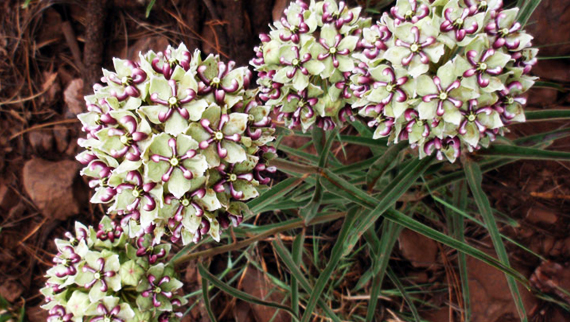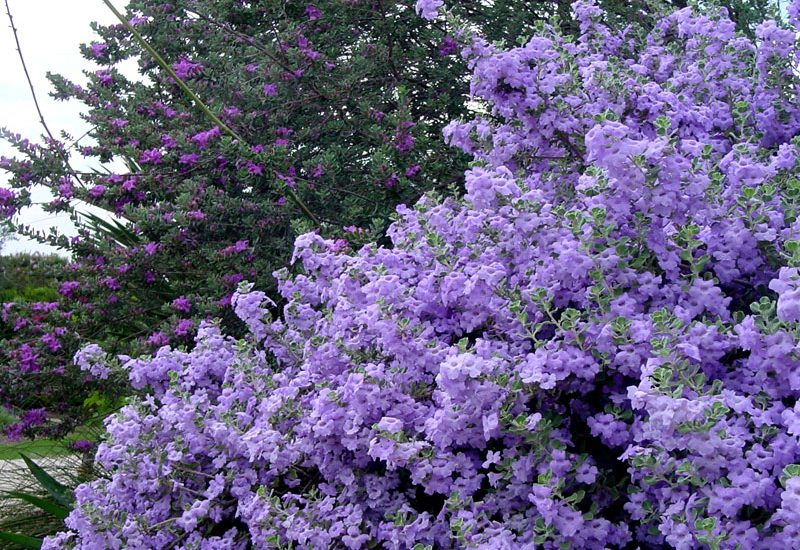Where Do Valerian Grow Best: Ideal Growing Conditions for Valerian Root
Valerian, also known as Valeriana officinalis, is a perennial herb that has been used for medicinal purposes for centuries. It is commonly used to treat anxiety, insomnia, and other sleep disorders. Valerian is a hardy plant that can grow in a variety of conditions, but where do they grow best?

Valerian plants require well-drained soil and full sun to partial shade. They can tolerate a range of soil types, from sandy to loamy, but prefer soil that is rich in organic matter. Valerian is a hardy plant that can withstand cold temperatures, making it an ideal choice for gardeners in colder climates.
In addition to being a popular medicinal herb, Valerian is also a beautiful addition to any garden. Its delicate pink and white flowers bloom in the summer months, attracting bees and other pollinators. With its adaptability to a range of growing conditions, Valerian is a versatile plant that can thrive in many different environments.
Optimal Growing Conditions

Valerian is a hardy plant that can grow in a variety of conditions, but it thrives best in specific environments. In this section, we will discuss the optimal growing conditions for valerian.
Soil and Sunlight Requirements
Valerian requires well-draining soil that is rich in organic matter. The soil should be moist but not waterlogged. It grows well in full sun or partial shade, but it requires at least six hours of sunlight per day to thrive.
When planting valerian, it is important to ensure that the soil is well-drained and that there is adequate space between plants. Valerian can grow up to four feet tall and two feet wide, so it needs plenty of room to spread out.
Climate and Hardiness
Valerian is a cool-season plant that grows best in spring and fall. It is a hardy plant that can withstand cold temperatures and is suitable for USDA zones 4-9.
Valerian requires regular watering, especially during hot, dry weather. However, overwatering can cause root rot, so it is important to ensure that the soil is well-drained and not waterlogged.
In summary, valerian grows best in well-draining soil that is rich in organic matter. It requires at least six hours of sunlight per day and regular watering. It is a hardy plant that is suitable for USDA zones 4-9 and grows best in spring and fall.
Cultivation and Care

Valerian is a hardy perennial that can grow up to 5 feet tall. It is known for its fragrant white or pink flowers and its medicinal properties. Here are some tips on how to cultivate and care for valerian.
Planting and Propagation
Valerian can be grown from seed, seedlings, or division. It prefers full sun to partial shade and well-draining soil. The seeds should be started indoors in a seed starting mix and transplanted outside after the last frost. The seedlings should be spaced 12 to 18 inches apart. Valerian can also be propagated through division in the spring or fall.
Maintenance and Harvesting
Valerian requires little maintenance once established. It should be watered regularly, especially during dry spells. The plant can be cut back after flowering to encourage new growth. Valerian can become invasive, so it is recommended to contain it in a designated area or in containers.
Harvesting valerian root can be done in the fall of the second or third year of growth. The roots should be dug up, cleaned, and dried before use. The plant will die back in the winter and can be composted. Valerian does not require much fertilizer, but can benefit from a light application of compost or a balanced fertilizer in the spring.
Diseases and Pests
Valerian is relatively pest and disease-free. However, it can be affected by aphids, spider mites, and powdery mildew. These can be treated with insecticidal soap or neem oil. It is important to monitor the plant regularly to catch any issues early on.
Overall, valerian is a low-maintenance plant that can be a great addition to any garden. By following these tips, you can enjoy the fragrant flowers and medicinal properties of valerian for years to come.


